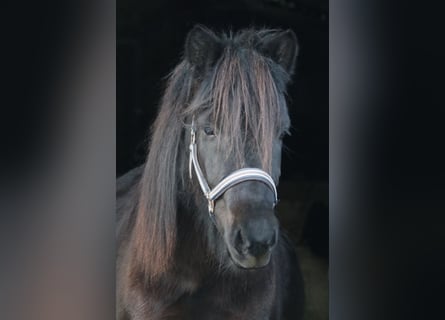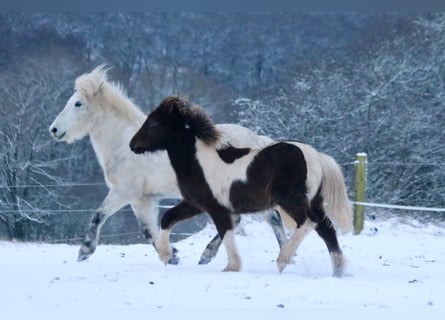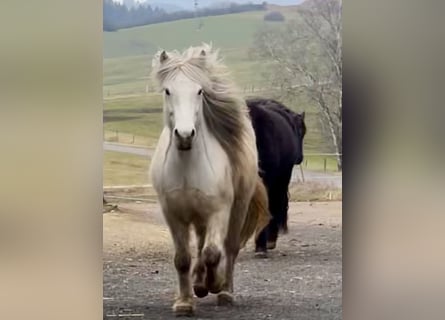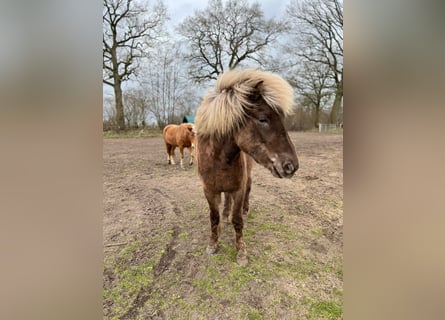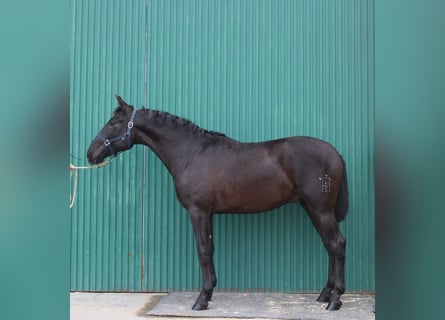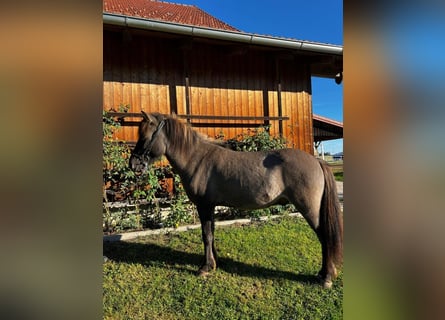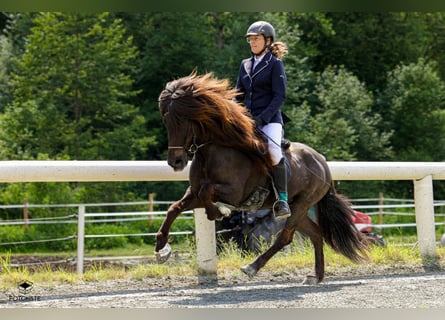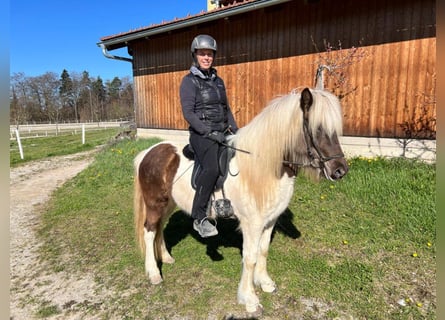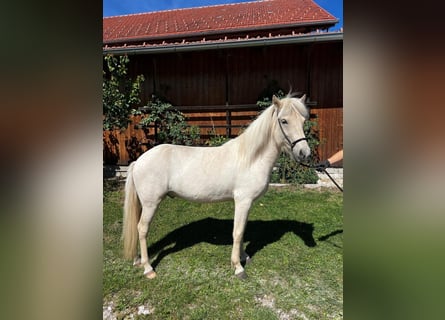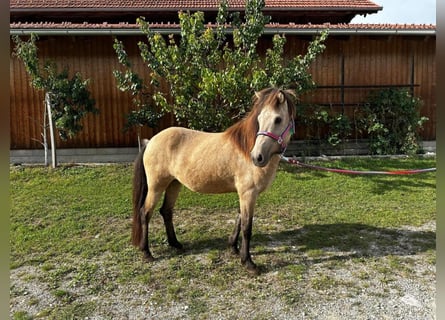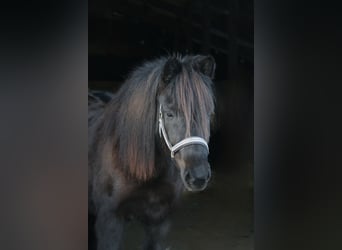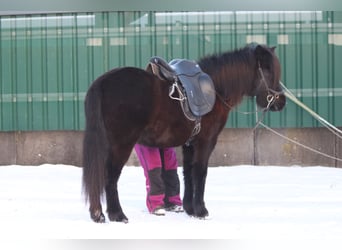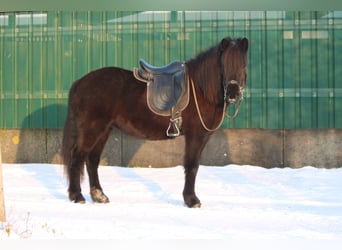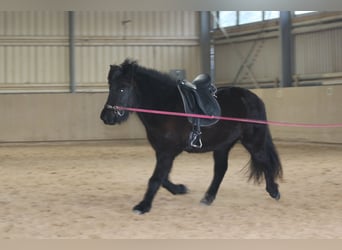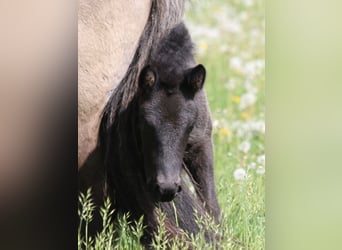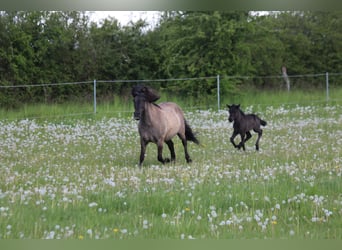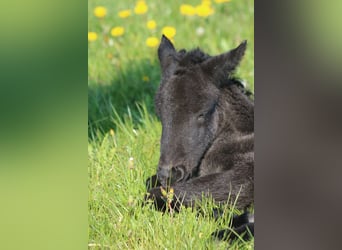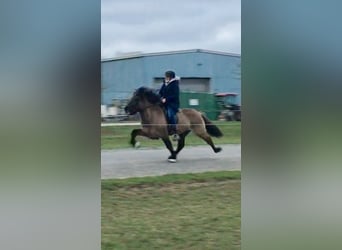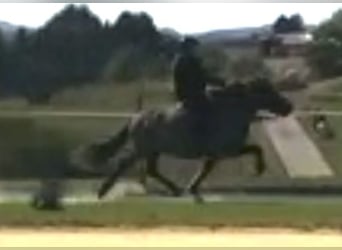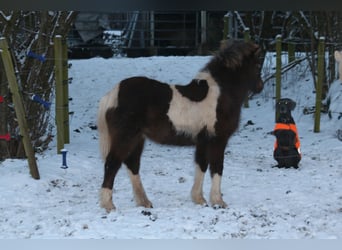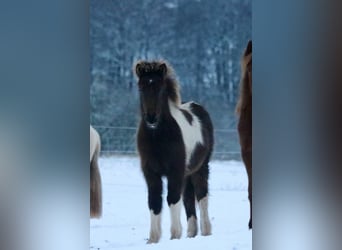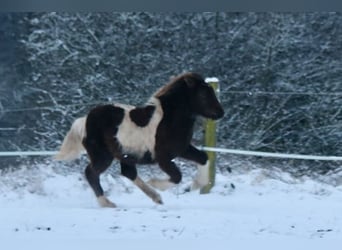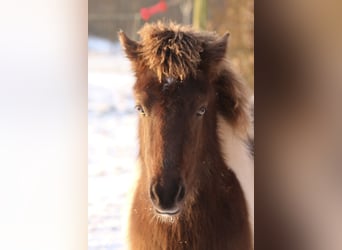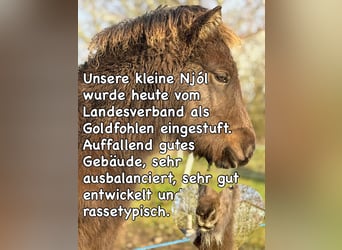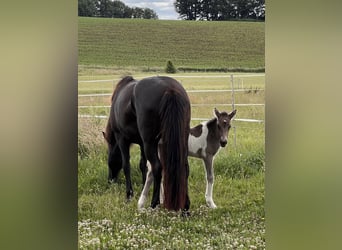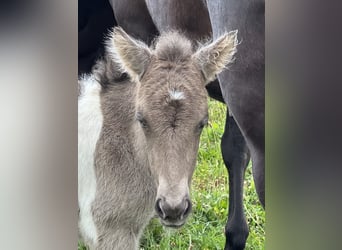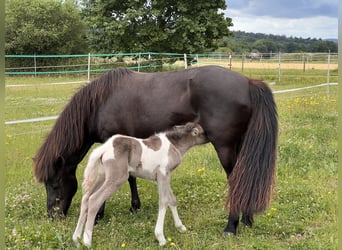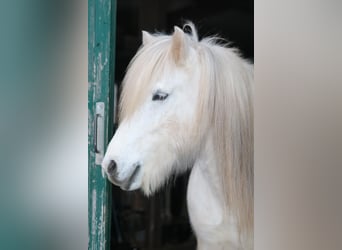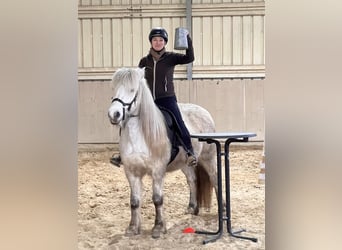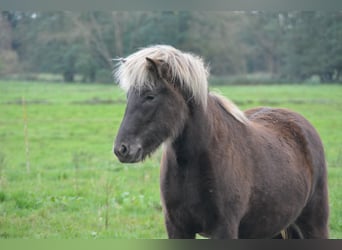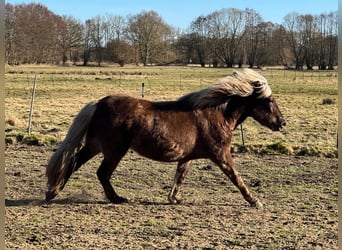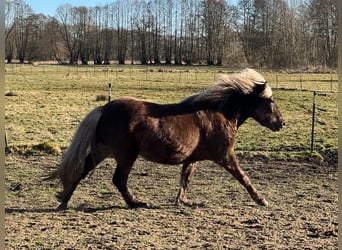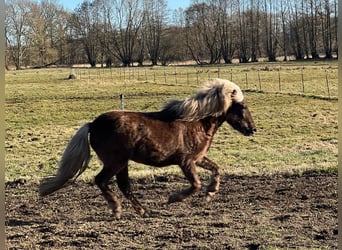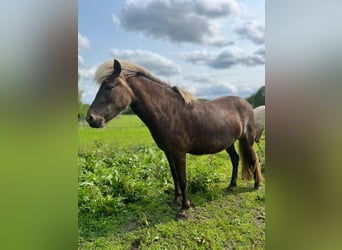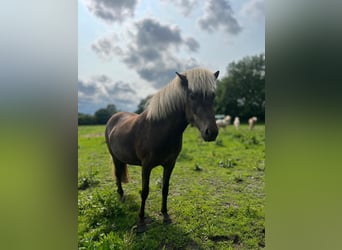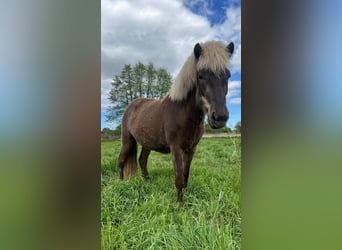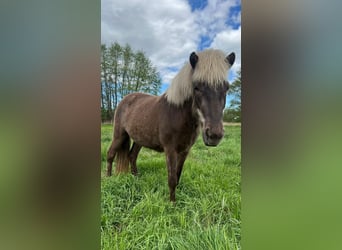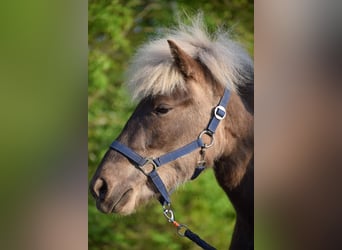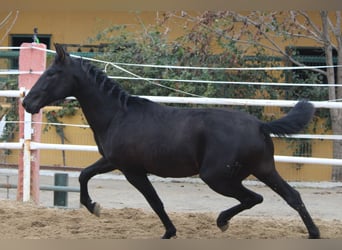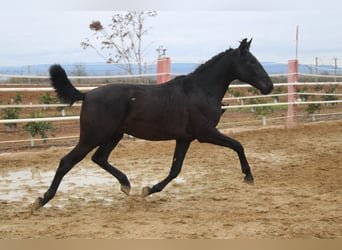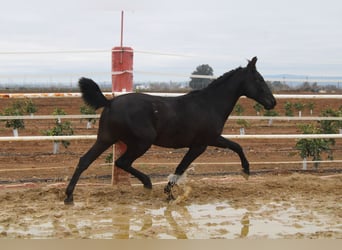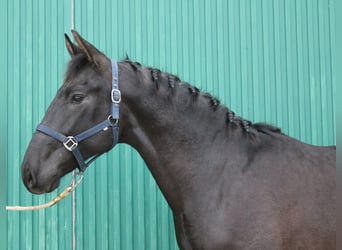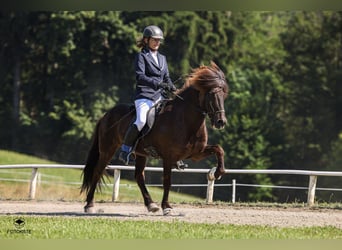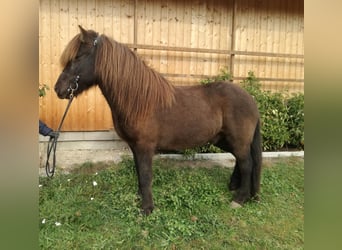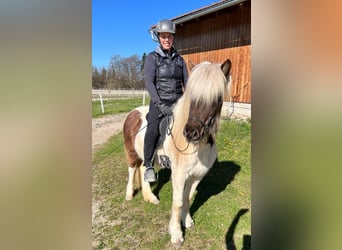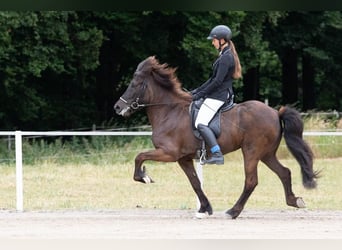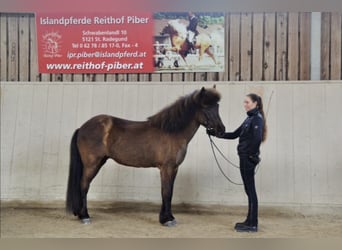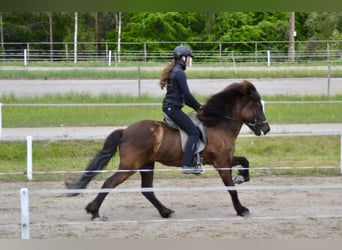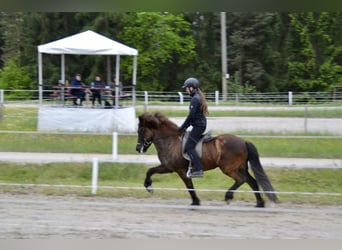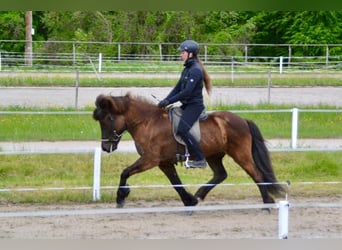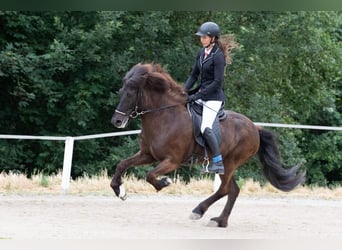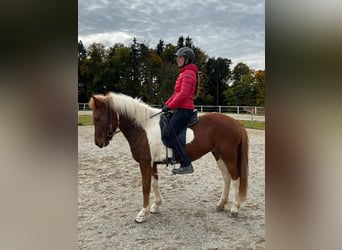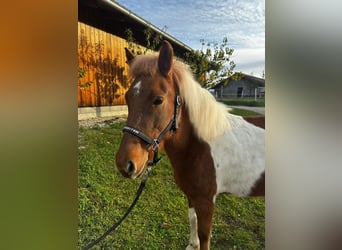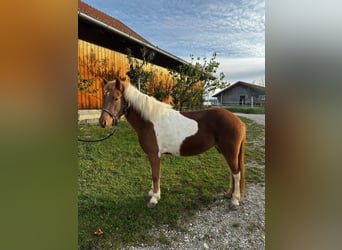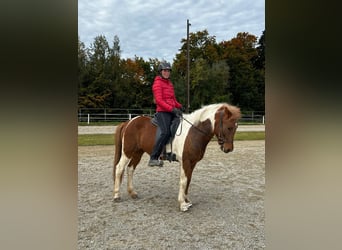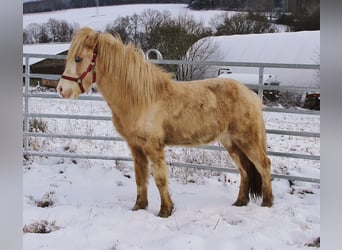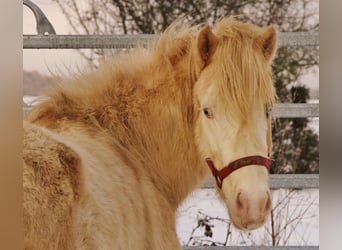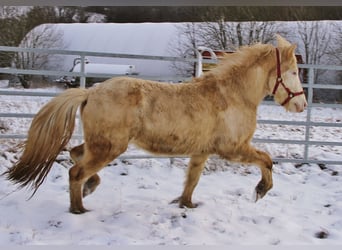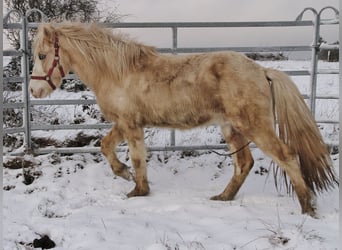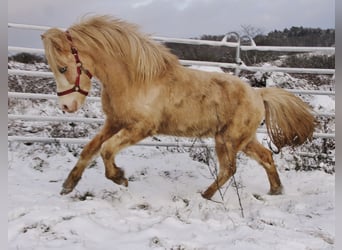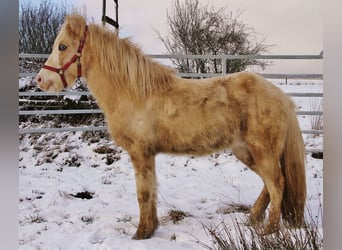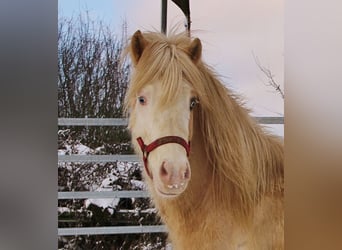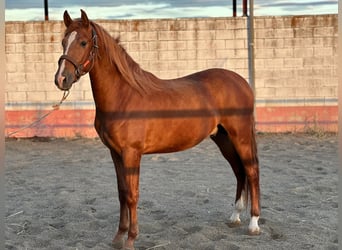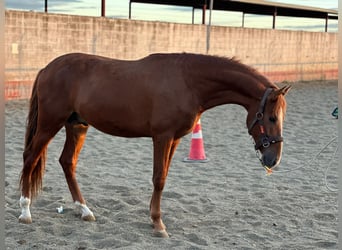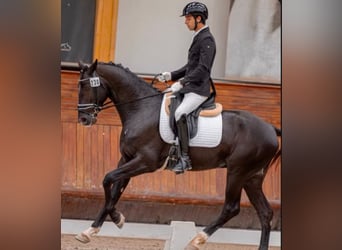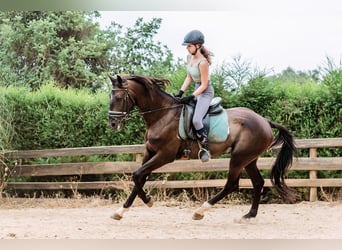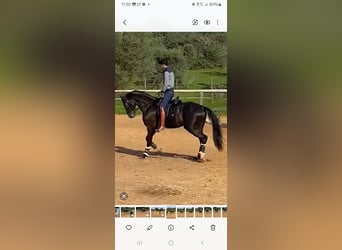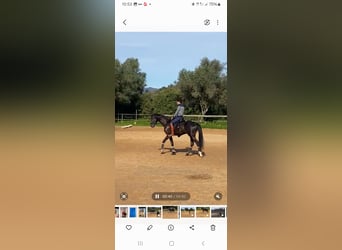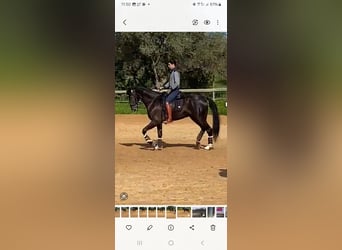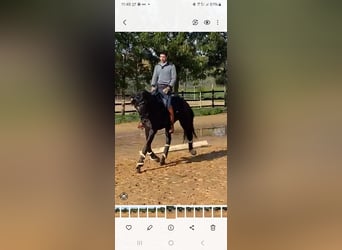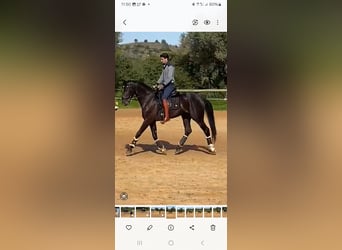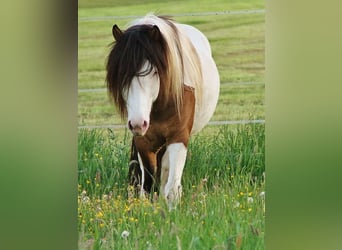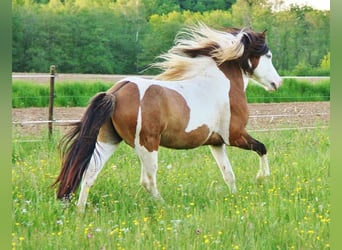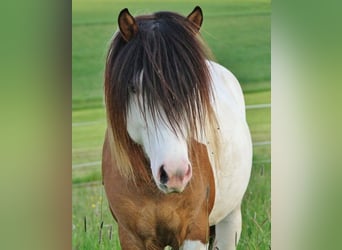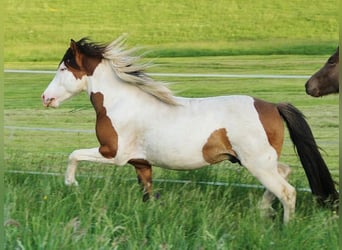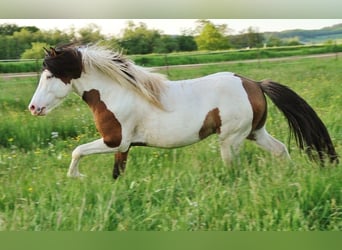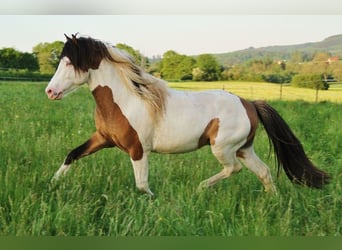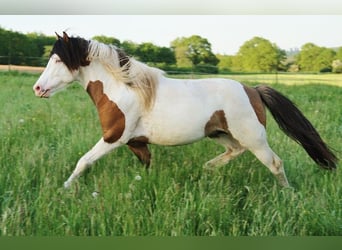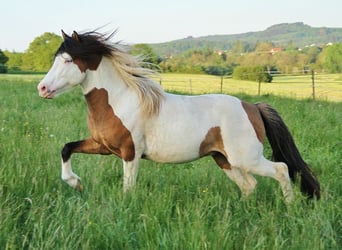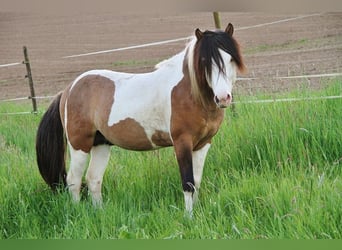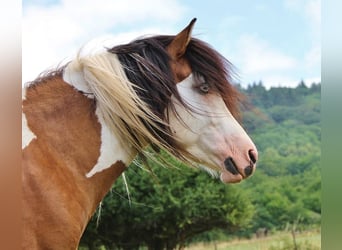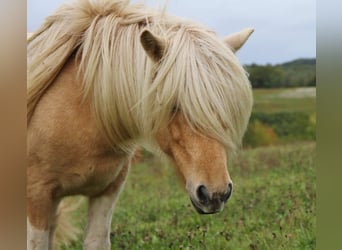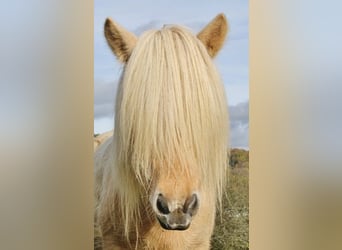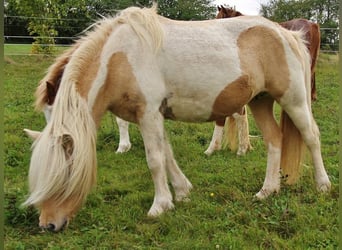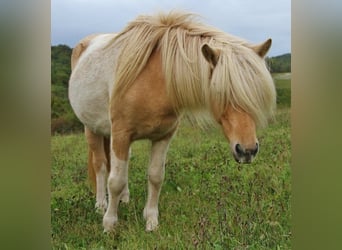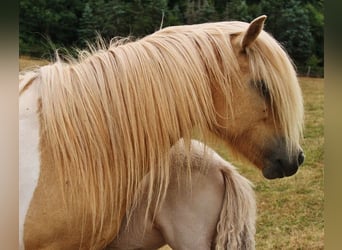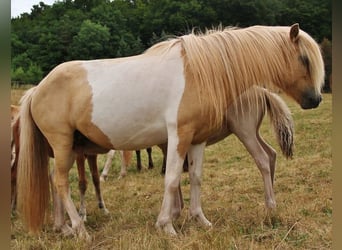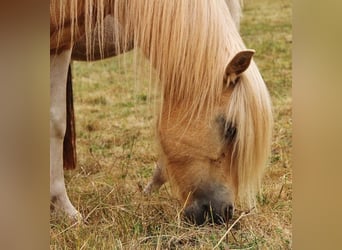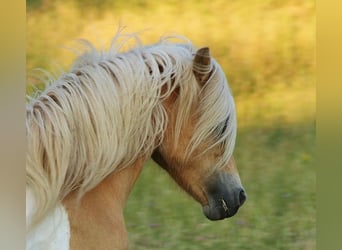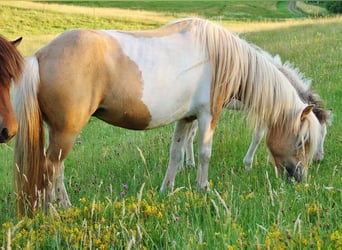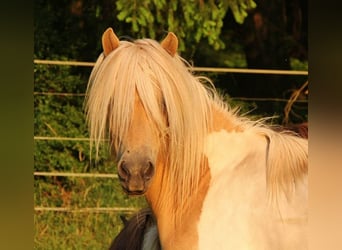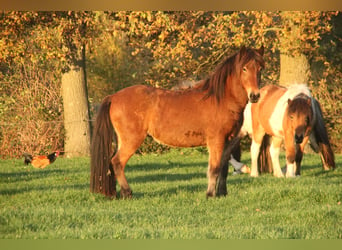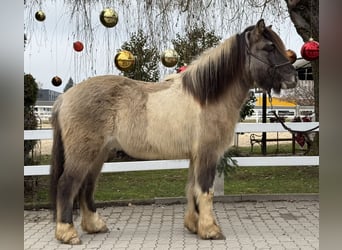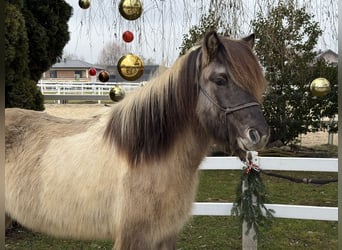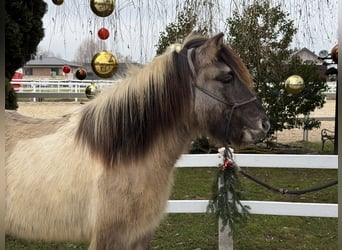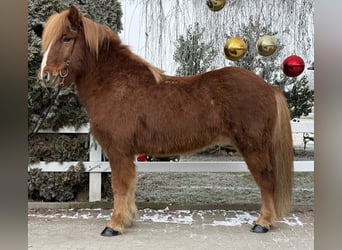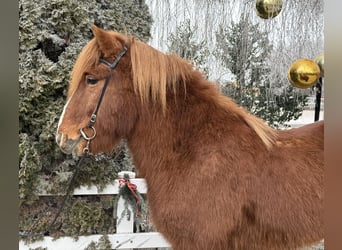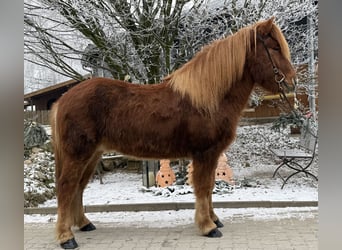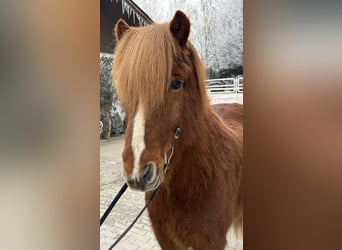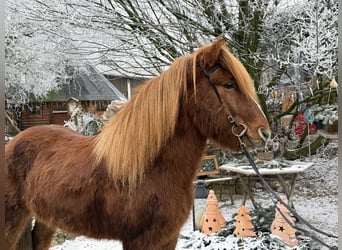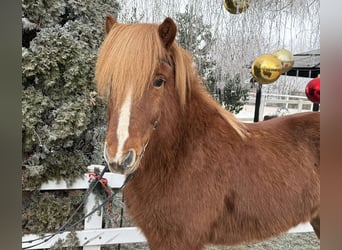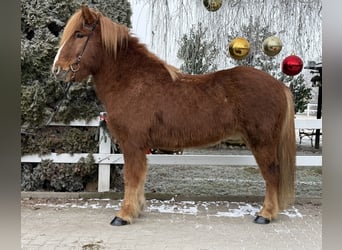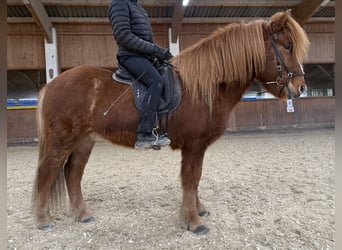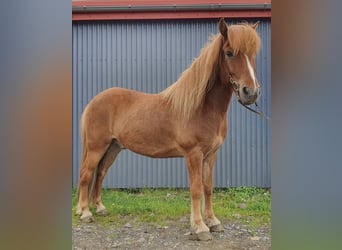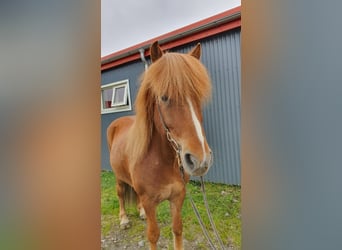DE
Gaited Horses For Sale
Page-1-Ad
In addition, interested parties can directly see more information. This significantly increases the number of potential buyers.

DE
DE
DE
DE
ES
AT
AT
AT
AT
AT
AT
AT
DE
ES
PT
DE
DE
DE
AT
AT
Gaited Horses for sale on ehorses
Horses have several different ways of moving other than walk, trot, canter and gallop, and as a group, these alternatives are generally referred to as ambling gaits. Any country where people still value horses for travelling long distances has its specialized gaited breeds, with the Americans leading the way. Gaited horses are some of the most comfortable riding horses on the planet and many riders have yet to experience the rideability of these breeds. Once they have some familiarity with the sheer ease and comfort of riding a gaited horse, many equestrians decide that one of the gaited breeds will make an ideal partner for leisure riding!
Characteristics of Gaited Horses
Ambling gaits are an inherited trait, the result of a mutation of the DMRT3 gene, which affects the circuits in the spine that control the movement of the limbs of an animal. Interestingly, however, some animals with the gene are, nonetheless, trotters, rather than amblers, and some both trot and amble. Also, alternative gaits can be taught. Most gaited horses have at least one gaited movement, and some have more than one. Ambling frequently describes a four-beat intermediate lateral pace, in which fore and hind feet come down separately rather than together, although other movements come under the same name.
Gaited Horses: The Best Breeds for this Trait
Gaited breeds of all sizes have developed over the years and many are famous internationally. Numerous people have their first experience riding a gaited horse while on vacation in Iceland. Crossing the dramatic terrain of the island on one of the fast, sure-footed Icelandic Horses is the best way to experience the stark beauty of the landscape. The Rocky Mountain Horse is another breed that is ideal for riding on challenging trails. Other American gaited breeds include the American Saddlebred, and the famous Tennessee Walking Horse, one of the favorite breeds of Elvis Presley. Many outstanding gaited breeds come from South America, including the Campeiro, the Mangalarga Marchador, the Campolina and the Peruvian Paso. The Kathiawari and Marwari horses of India also have comfortable and very fast gaits. In recent years, the German Aegidienberger has been bred from crossing Peruvian Pasos and Icelandic Horses. These fast, sturdy little horses are very popular in said country.
Gaited Horses in Equestrianism
Gaited breeds provide the ultimate comfort on long rides across country terrain. In Britain and many parts of Europe, the use of coaches and carriages from the sixteenth century onward resulted in an increase in Trotting Horses. The popularity of horse racing and equestrian sports during the eighteenth century put additional emphasis on trotting, cantering and galloping, which has remained until this day. Slowly, the gaited breeds disappeared as alternative forms of long-distance travel became available. In parts of the world where horses remained an important form of long-distance transport, gaited horses continued to be produced and new forms of these valuable riding horses were developed. Today there is a resurgence of interest in gaited breeds worldwide. Since these horses and ponies were bred to have stamina and speed over long distances, they make excellent prospects for competitive distance riding events. There are also dedicated events for gaited horses. In Iceland, one of the ways that the smoothness of gait is demonstrated is by a rider holding a glass of beer and not spilling a drop while his horse speeds along at one of the Icelandic gaits, such as the tølt. Many gaited breeds are described as “five-gaited” since the best horses and ponies can often perform the three basic gaits of walk, trot and canter, plus two more. In Icelandic Horses, these additional gaits are the skeid and the tølt, while the two additional gaits of Tennessee Walking Horses are usually the slow flat-foot walk and the rack, which is extremely fast. There is a great deal of variety of both speed and motion in gaited breeds. The Peruvian Paso performs two distinctive gaits, the "Paso Llano" (“even step"), which is a small and swift movement, and the swifter "sobreandando" gait. These are very comfortable for older or less able riders. Interest in versatile gaited horses is likely to increase!
